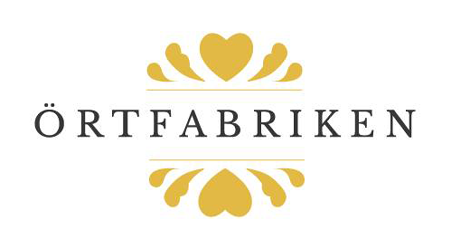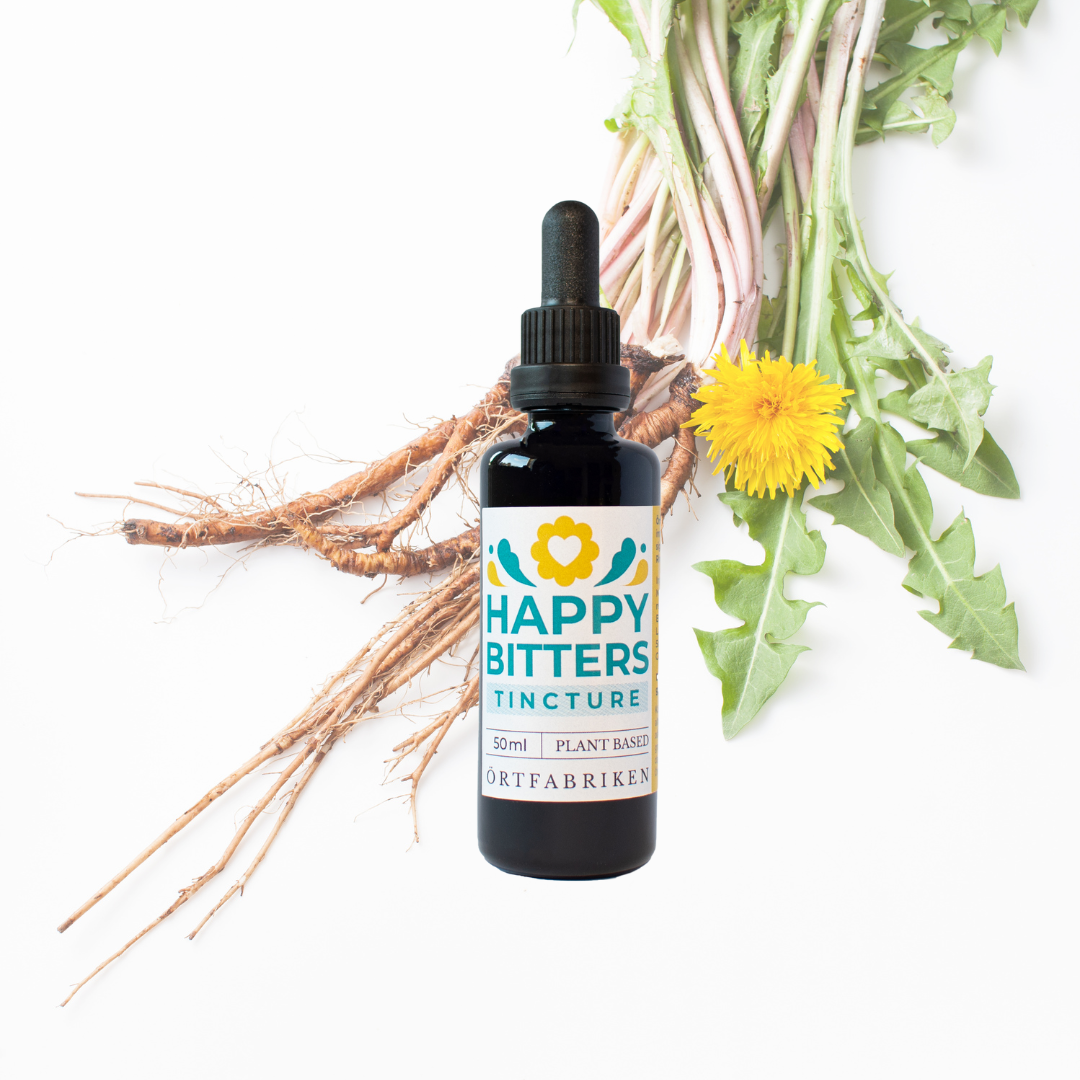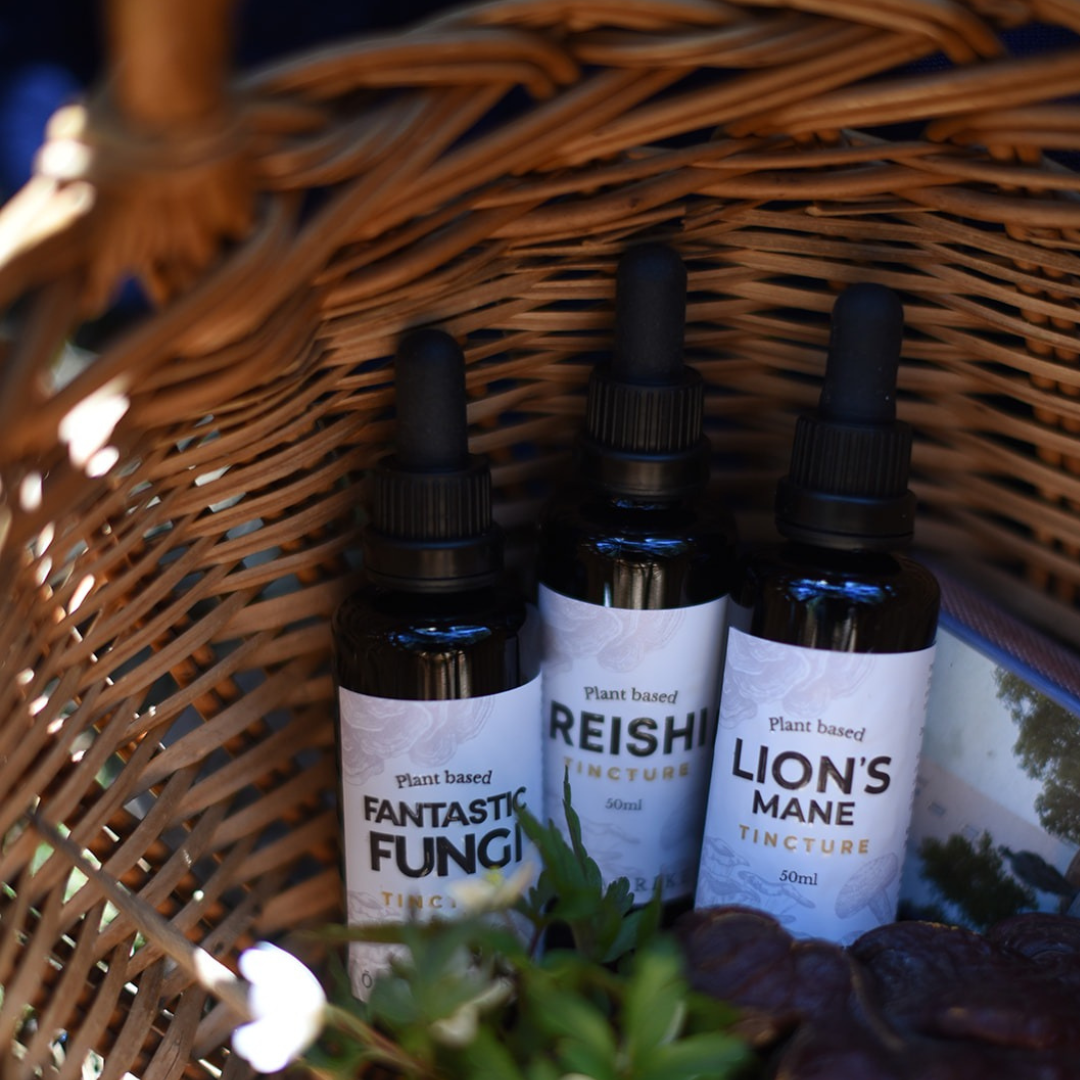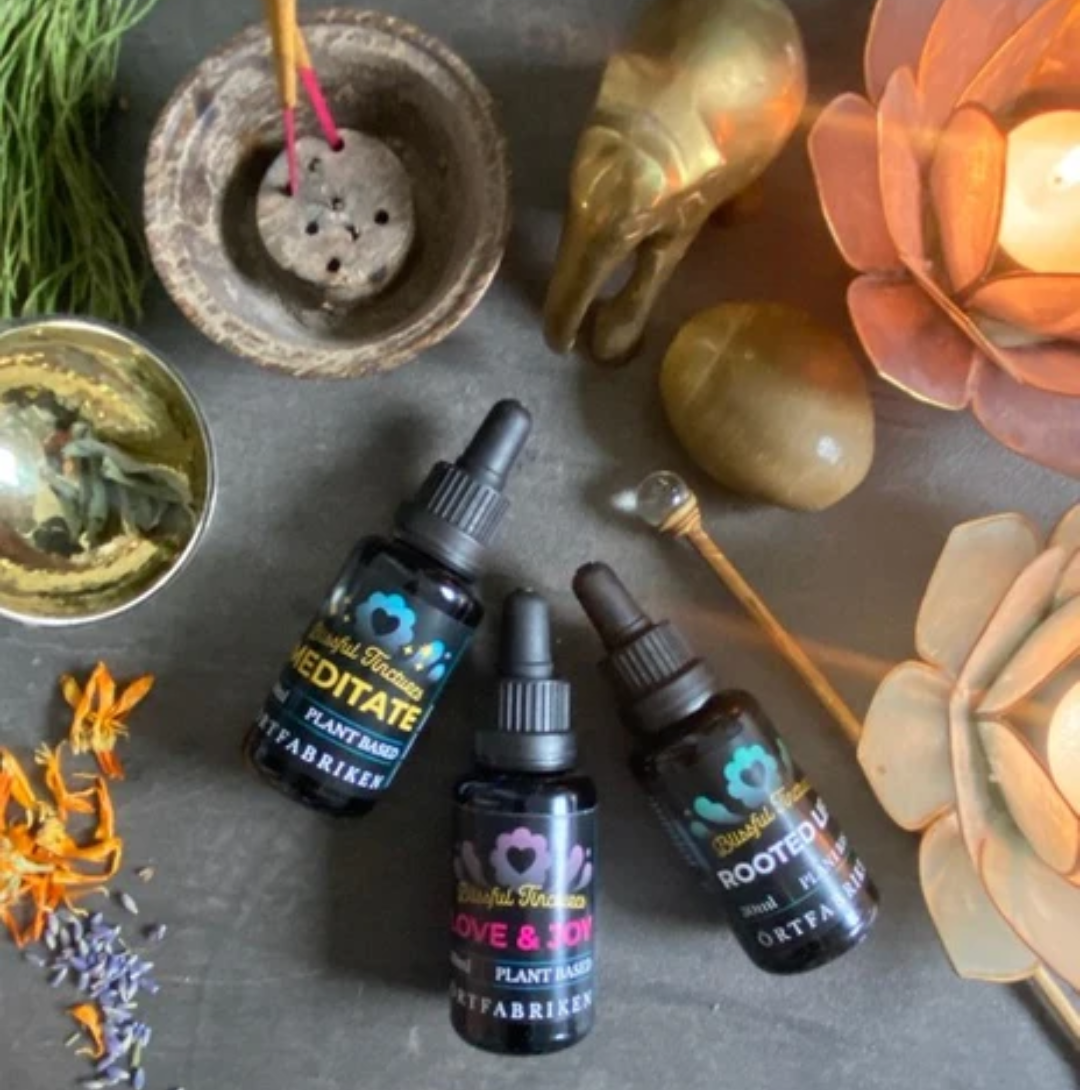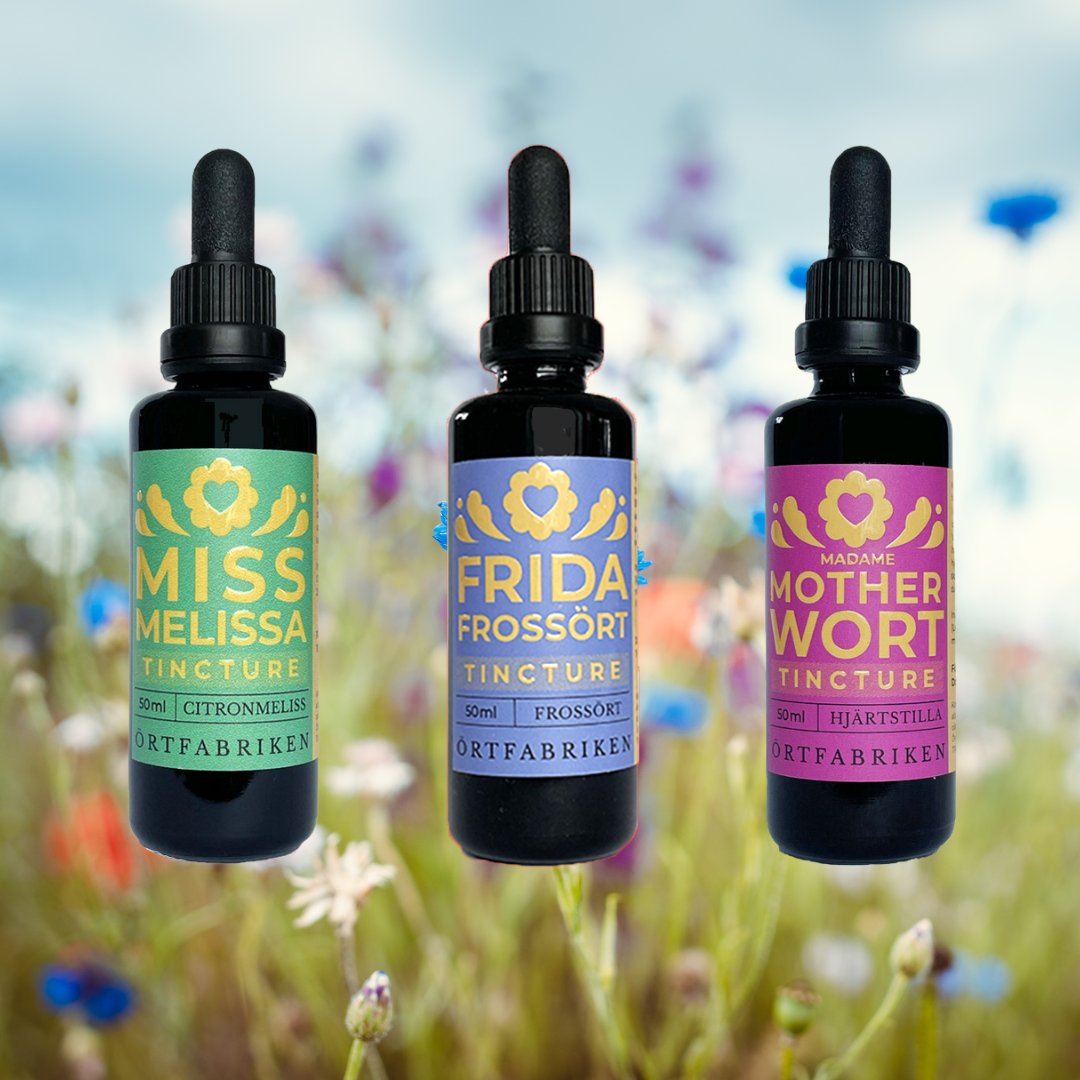Warm - Hot - Cold - Humid | What type are you?
Dela med en vän ♡
This month, Sara and I have been delving into warmth. We are writing about warming ointments, warming herbs and warm foot baths. It is quite obvious that we are two people who crave and feel good about warmth. Over time, I have understood more and more how beneficial warmth is for me. I have also understood that sometimes I have to put in a little extra effort to drive the moisture out of my “house”.
It can be very insightful to understand yourself from the perspective of warm, hot, cold, damp. What aspects characterize you most? By learning a little more about yourself, it becomes easier to give you the support you need. When I work with herbs, I have these aspects in the back of my mind. Here we give an overview of the four elements and tips for further reading.
Sometimes I can't help but laugh at how hard it is to accept that we are all different. For example, at home, it is always a question of how warm it should be indoors. One of us wants to turn the heat up and one of us wants to turn the heat down. One of us wants to put a lot of clothes on the children, while one of us wants them to be airily dressed. This, somewhat comical illustration, can help us understand the four different constitutions: Warm, Hot, Cold and Humid . One spectrum is Warm - Cold. The other spectrum is Hot - Humid. We are all somewhere on both of these spectra at the same time. They are like a four-way street. See the picture below:

In most holistic medicine there is a division similar to this. In Traditional Chinese Medicine, the five different elements are used. This particular division above (Warming / Cooling) comes from ancient Greece, with inspiration from the ancient Egyptians. By highlighting that we are all on different spectrums, we emphasize that we are all different. There is no one measure that works for everyone, but we need to take into account our differences.
For me, it was an eye-opener to work with these four different aspects. For example, I have worked a lot with thyroid disease. An underactive thyroid can be described as having a lot of moisture inside. I have to drive the moisture out of my house and use herbs, foods and methods that are warming and drying in nature. Here is a picture showing a small selection of herbs that we can use to work with the different aspects.

When I created the image above, I started from my own perception of the herbs. I started from how I experience them. I have talked to herbalists and compared them to how the herbs are described in the literature. It is obvious that we perceive and describe certain herbs differently. There is consensus on some herbs (e.g. that Cayenne is a hot herb), other herbs I would not agree with at all (e.g. that juniper is a cooling herb, but I perceive it as warming).
When I face a challenge, I start by defining it. For example, a deep, expectorant cough. I define the cough as "moist" and against that I use drying herbs. Åland root is the herb I think of. I also use Berberine a lot in my everyday life (especially Golden Seal as I have found a producer who grows it organically). But both Åland root and Golden Seal have a tendency to make me dehydrated, if I use too much of them or for too long. That's why I add the medicinal mallow root, which is cooling and moisturizing. It gives a good balance!
Deeply fascinating and a lot to learn! But one step at a time.
Are you also curious and want to know more? I would like to invite you to read more here:
- The amazing herbalist RJ Whelan is the inspiration for this blog article . On his website you will find more information and also an e-book on this very topic.
- Matthew Wood is another herbalist who writes extensively about different constitutions and energy aspects for a more structured application of herbs. His many books are well worth reading!
Vi tror du gillar dessa blogginlägg
-
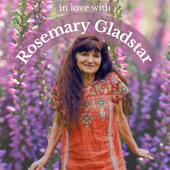
Rosemary Gladstar | The Most Loving Herbalist of Our Time
-

Så här skulle jag göra om jag fått ett fästingbett
-
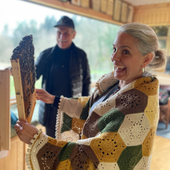
Apitherapy i Slovenien | Biodling 2.0
-

Lokalt producerad Hjärtstilla | Made in Sweden
-
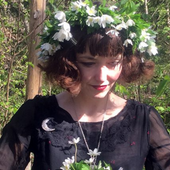
Örthändelser Sommaren 2025 | Workshops, Örtvandringar, örtkurser och retreat
-

Distillation of essential oil and hydrolate | A magical process
-

Gör eget Hydrolat med espressomaskinen | Recept Blomstervatten
-

Häxprocesserna i Sverige
-
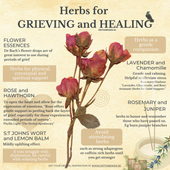
Herbs for grief and healing
-
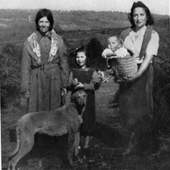
Juliette de Bairacli Levy | Iconic herbalist
